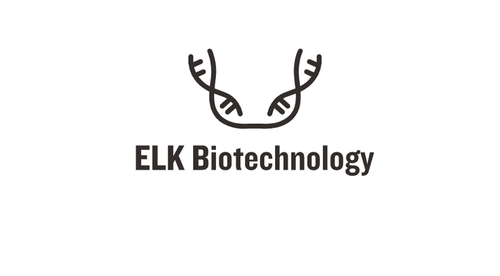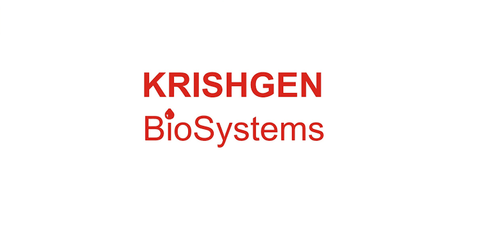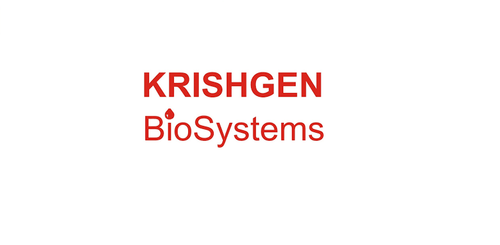Product Description
Human Vasoactive intestinal polypeptide receptor 1 (VIPR1) ELISA Kit | AE11661HU | Abebio
Species Reactivity: Human (Homo sapiens)
Abbreviation: VIPR1
Alternative Name: FLJ41949; HVR1; II; PACAP-R-2; RDC1; V1RG; VAPC1; VIPR; VIRG; VPAC1; VPCAP1R; PACAP type II receptor|VIP receptor; type I|pituitary adenylate cyclase activating polypeptide receptor; type II
Application: ELISA
Range: 0.156-10 ng/mL
Sensitivity: 0.054 ng/mL
Intra-Assay: ≤5.2%
Inter-Assay: ≤9.8%
Recovery: 0, 99
Sample Type: Serum, Plasma, Other biological fluids
Detection Method: Sandwich
Analysis Method : Quantitive
Test Principale: This assay employs a two-site sandwich ELISA to quantitate VIPR1 in samples. An antibody specific for VIPR1 has been pre-coated onto a microplate. Standards and samples are pipetted into the wells and anyVIPR1 present is bound by the immobilized antibody. After removing any unbound substances, a biotin-conjugated antibody specific for VIPR1 is added to the wells. After washing, Streptavidin conjugated Horseradish Peroxidase (HRP) is added to the wells. Following a wash to remove any unbound avidin-enzyme reagent, a substrate solution is added to the wells and color develops in proportion to the amount of VIPR1 bound in the initial step. The color development is stopped and the intensity of the color is measured.
Product Overview: Vasoactive intestinal peptide receptor 1 is expressed in the brain (cerebral cortex, hippocampus, amygdala), lung, prostate, peripheral blood leukocytes, liver, small intestine, heart, spleen, placenta, kidney, thymus and testis . This gene encodes a receptor for vasoactive intestinal peptide, a small neuropeptide. Vasoactive intestinal peptide is involved in smooth muscle relaxation, exocrine and endocrine secretion, and water and ion flux in lung and intestinal epithelia. Its actions are effected through integral membrane receptors associated with a guanine nucleotide binding protein which activates adenylate
Stability: The stability of ELISA kit is determined by the loss rate of activity. The loss rate of this kit is less than 5% within the expiration date under appropriate storage condition. The loss rate was determined by accelerated thermal degradation test. Keep the kit at 37°C for 4 and 7 days, and compare O.D.values of the kit kept at 37°C with that of at recommended temperature. (referring from China Biological Products Standard, which was calculated by the Arrhenius equation. For ELISA kit, 4 days storage at 37°C can be considered as 6 months at 2 - 8°C, which means 7 days at 37°C equaling 12 months at 2 - 8°C) .
 Euro
Euro
 USD
USD
 British Pound
British Pound
 NULL
NULL












